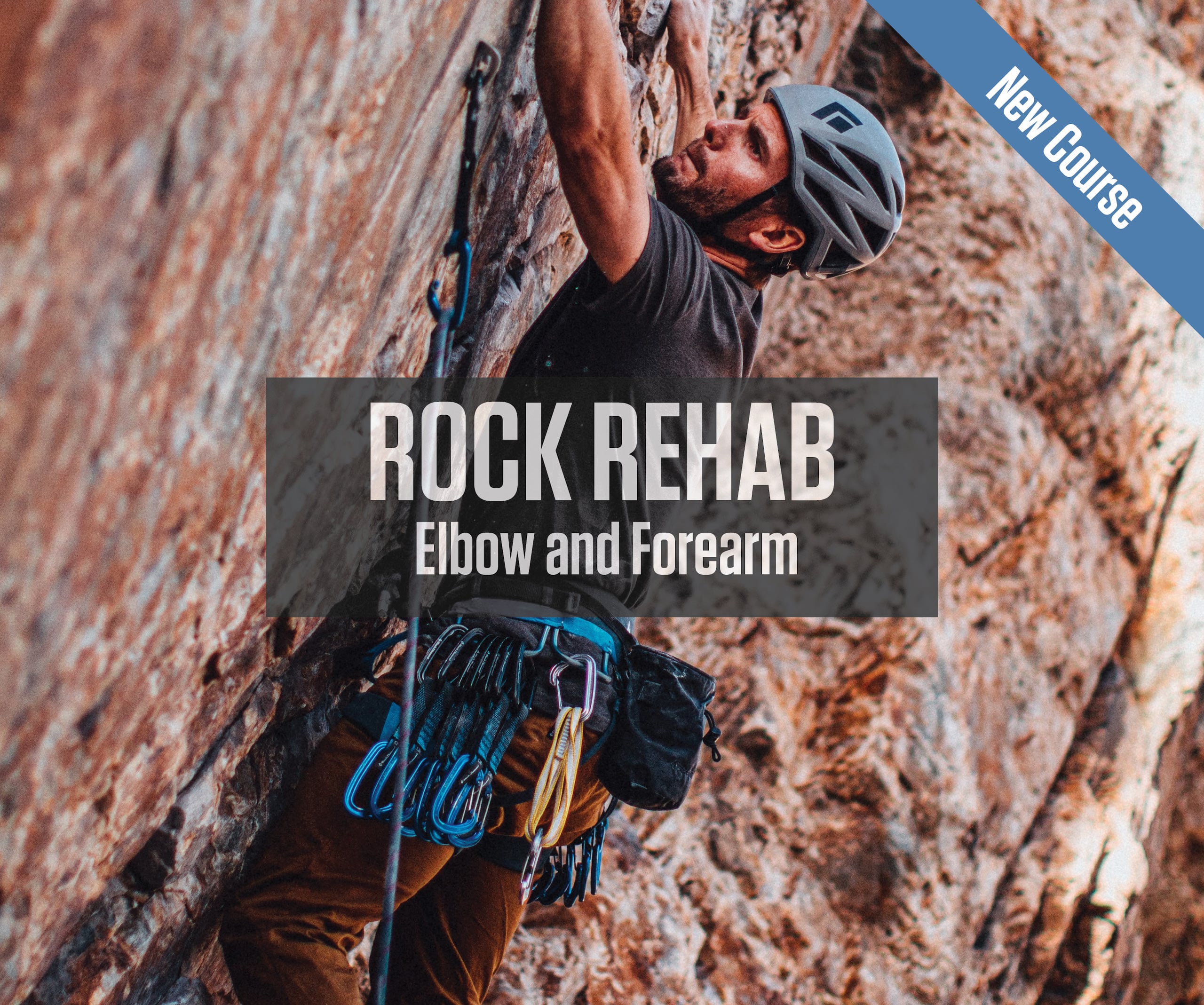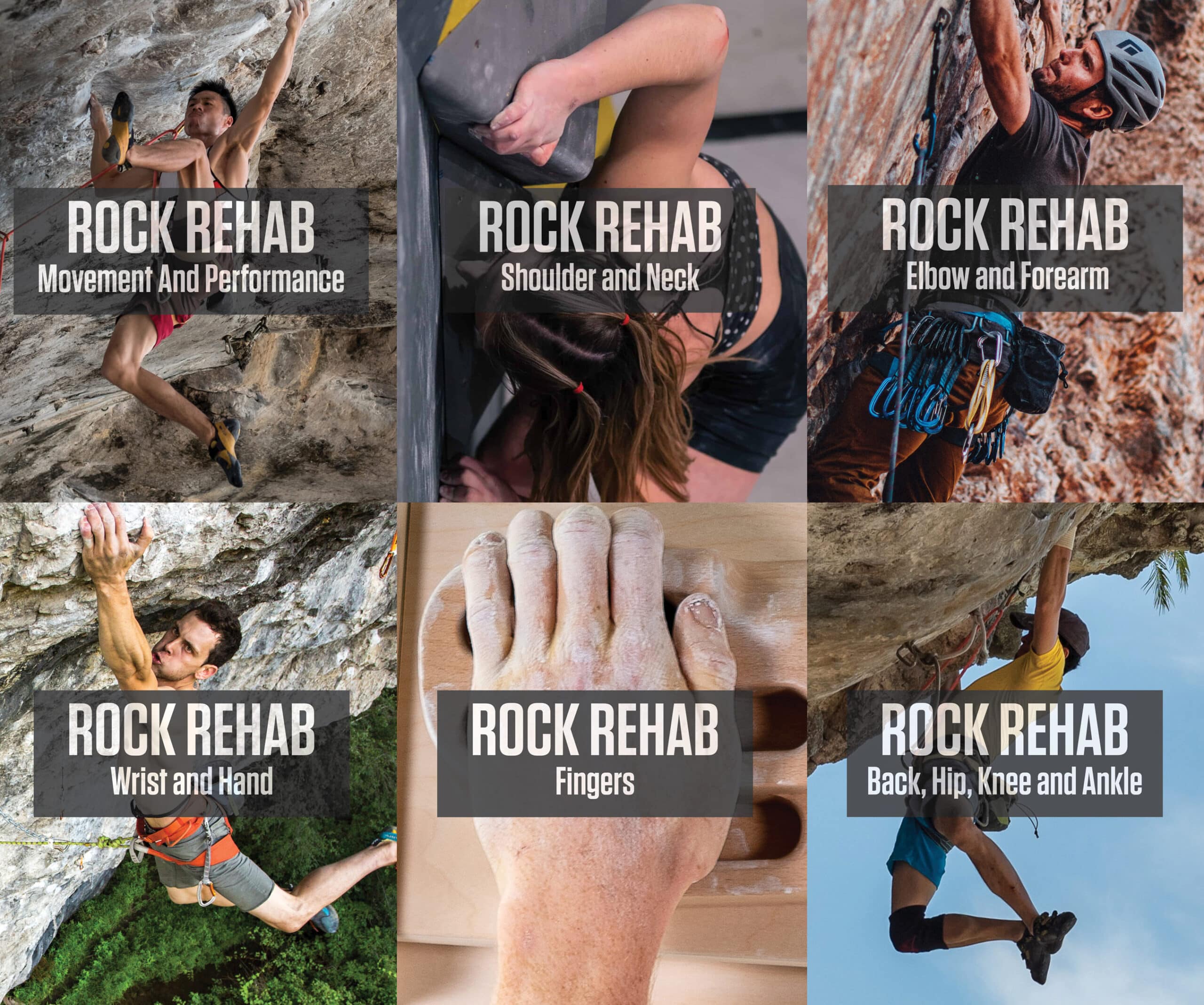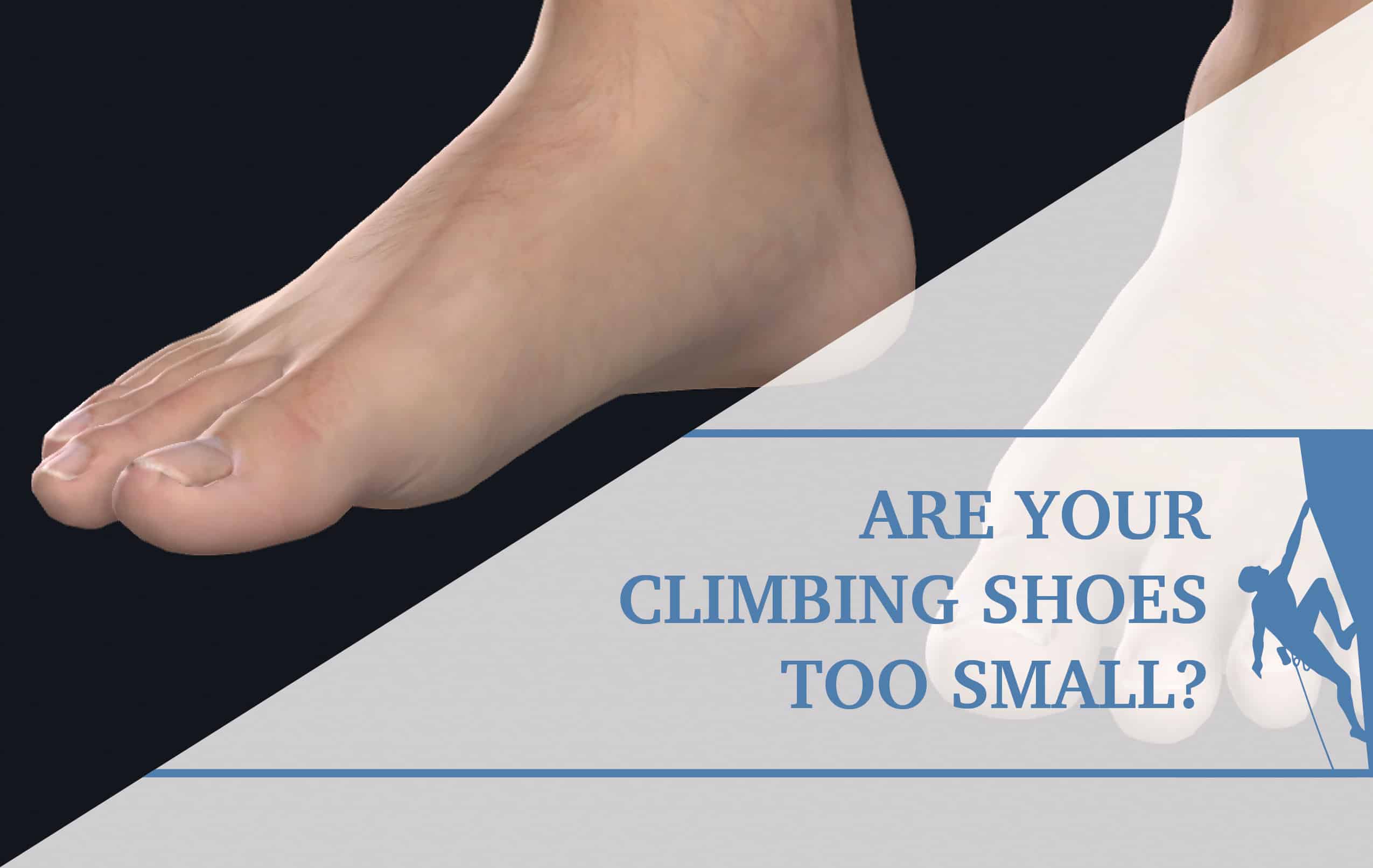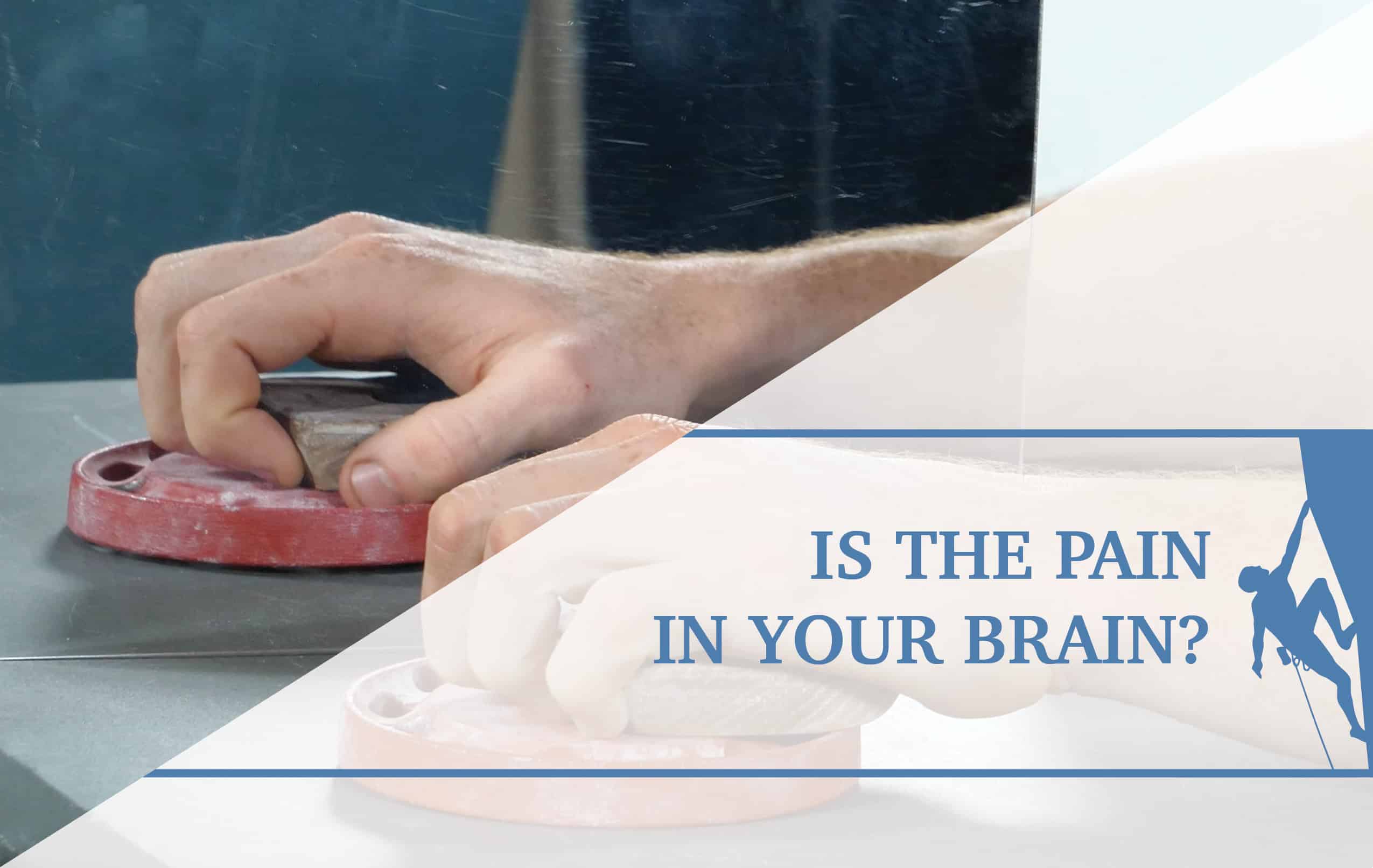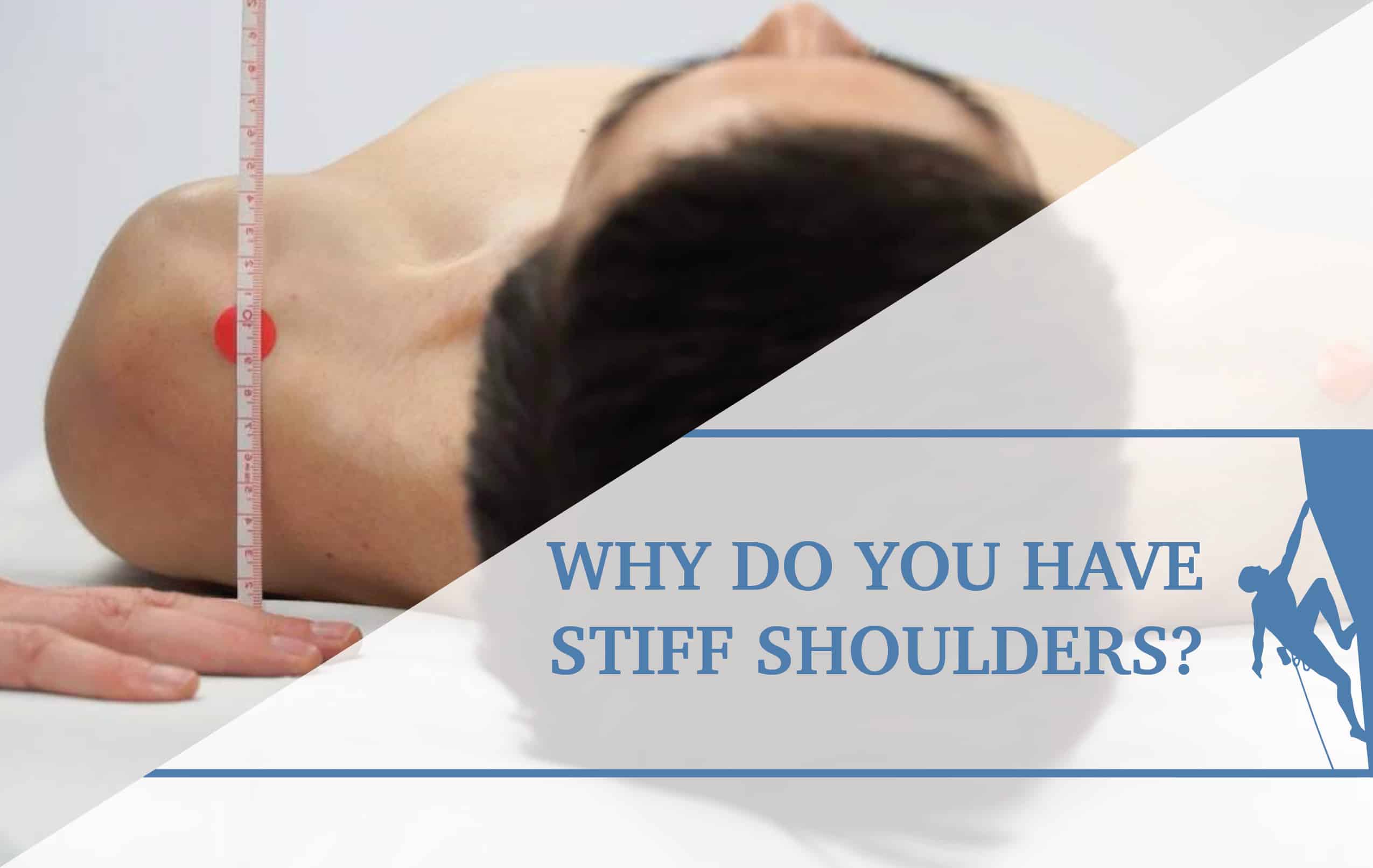Lateral Elbow Pain Diagnostics Climbing
If a patient presents with lateral elbow pain, it’s possible they have lateral epicondylitis, lateral epicondylosis, or lateral epicondylalgia. In order to differentiate these symptoms and diagnoses, it’s important for the clinician to take the climber through various sets of movements and screens.
Pain Location
- Lateral Epicondyle, the bony prominence on the outside of your elbow
Climbing Movement
When thinking about different climbing movements that would generate or aggravate typical lateral epicondylosis, it’s oftentimes movements that overuse extended wrist positions, such as the overuse of crimps, gripping with an extended wrist, chicken wing wall climbing, or using wide cracks. These are all movements that may generate pain and symptoms in the lateral elbow.
- Overuse of crimps
- Gripping with an extended wrist
- Chicken wing
- Wide cracks
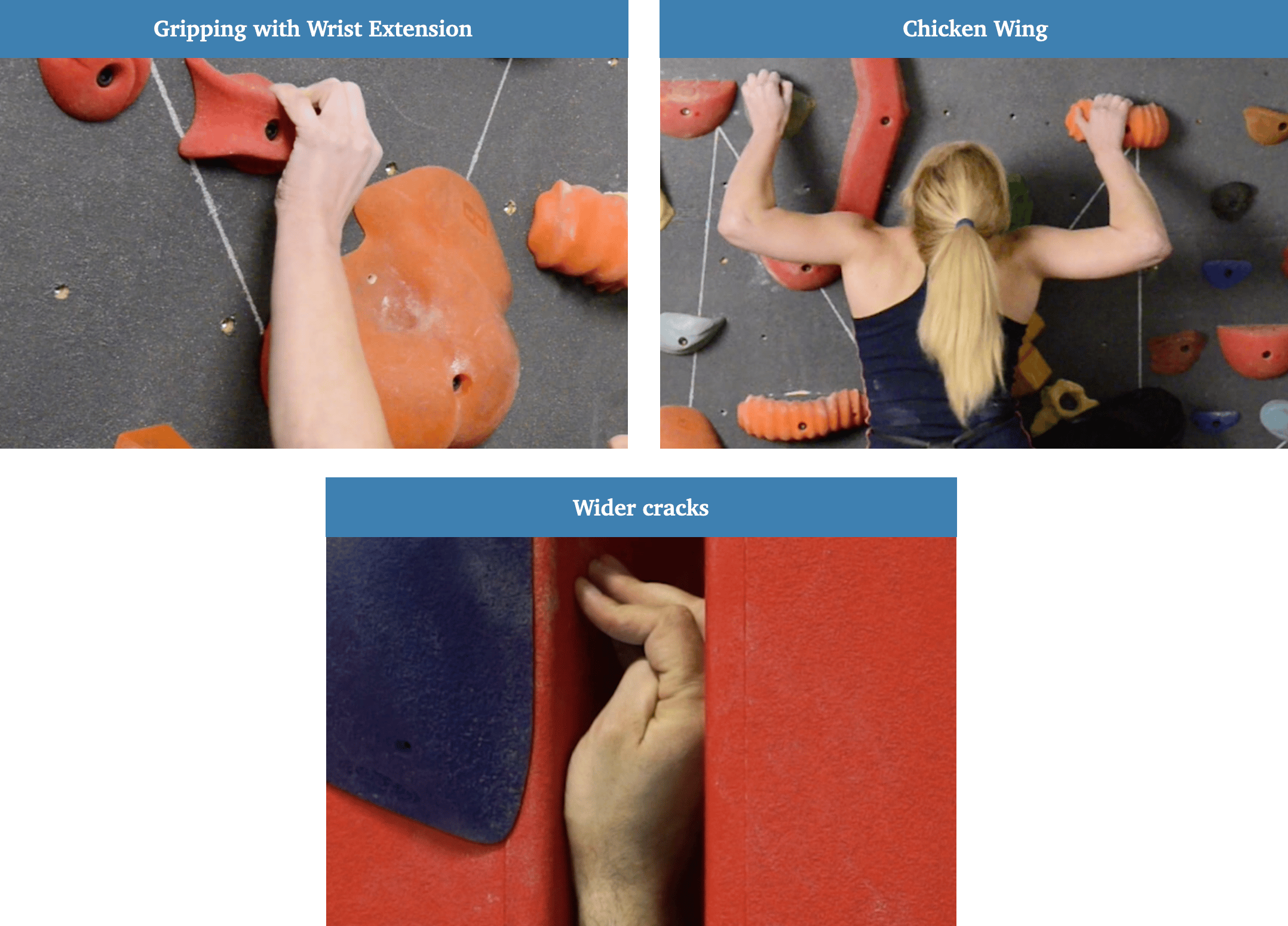
Muscles Involved
To rule up or down this diagnosis, a clinician perform a quick screen of the main muscles involved. The muscles that extend the wrist and fingers back, as well as rotate the palm upward and attach into the location on the outside of the elbow known as the lateral epicondyle. These muscles include the wrist extensors, extensor carpi radialis brevis, extensor carpi ulnaris, the finger extensors, extensor digitorum, extensor digiti minimi, and the supinator muscle.
There is one additional muscle that attaches to the lateral epicondyle, the anconeus. This muscle aids in extending or straightening the elbow, but for the purposes of this article, we won’t discuss the muscle further as it is not used much in function.
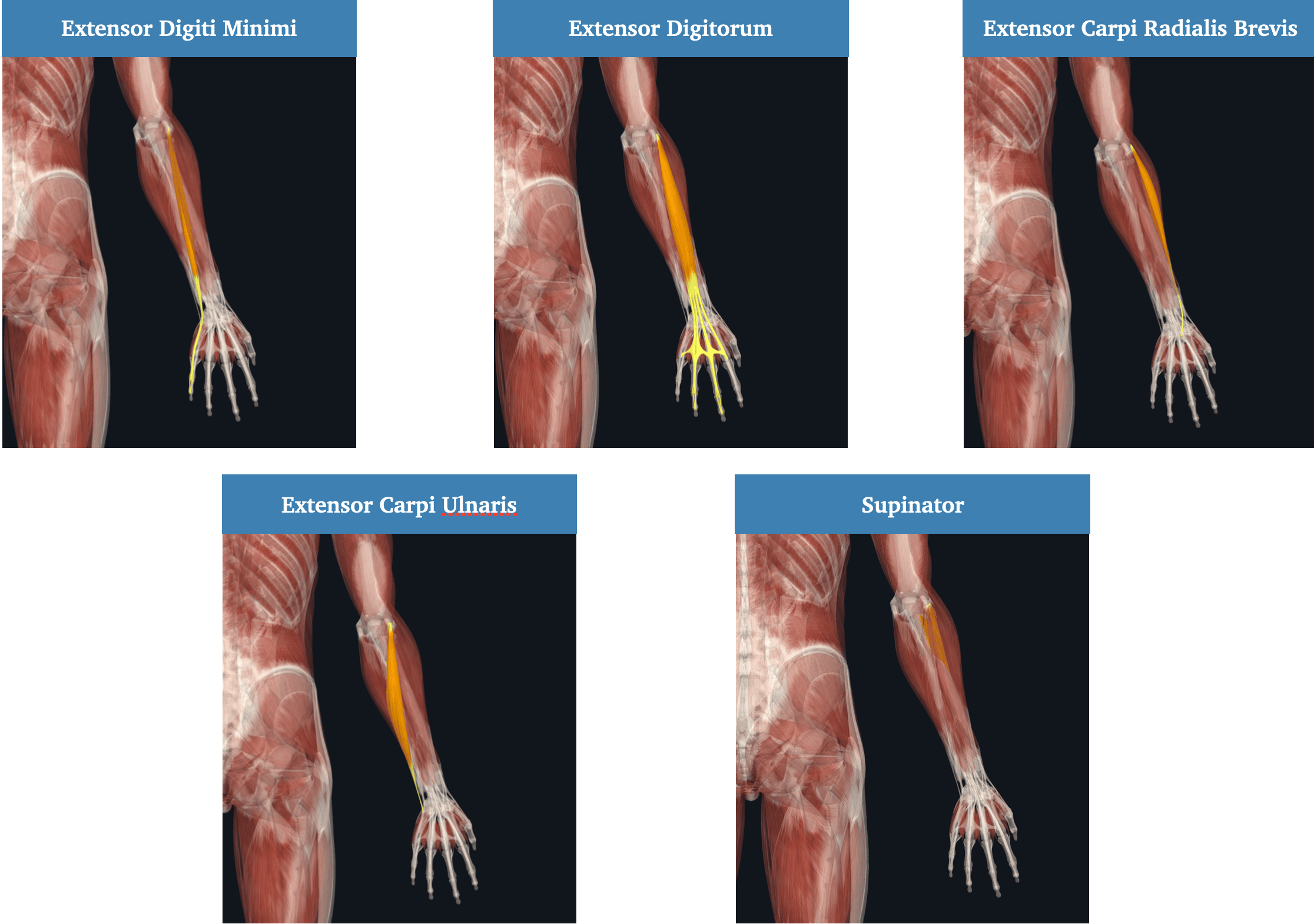
Which Tests To Do
- Muscle/Tendon Screening
- Lengthen: Flexion and Ulnar Deviation
- Palpate: Tendinous Insertion
- Muscle Screen: EDC, ECRB, ECU and Supinator
- Secondary Muscle Screen: Anconeus, EDM
I’m going to walk through a series of tests that when performed can help confirm the injury and the specific muscle / tendon unit involved.
Passive Stretch
The first test is a passive stretch. Put the patient into 90 degrees of humeral flection and grasp onto the distal aspect of the humerus. Flex the wrist down towards the ground. We can even move the patient a little towards the pinky side of the ulna deviation to see if we can reproduce some of that outside elbow pain.
Active Tests
The next set of tests are active tests, testing the contraction of the muscle to see if contraction reproduces pain on the outside of the elbow.
- Cozens Test: The clinician will bend the climber’s wrist back and can even move the wrist a little bit towards the thumb side in what’s called radial deviation. Then they press the climber’s patient hand downwards towards the ground and the climber resists.
- Supinator Test:. Have the climber go into supination with their palm upwards. The clinician will then stabilize them at the elbow and use our hands to turn them into pronation, trying to press the palm down towards the ground. The climber is going to use their supinator muscle to try and keep the palm lifted. Keep them in that position and have them resist the turn.
- Finger Extensor Test: The clinician will apply pressure on the end of the finger. Ensure the patient resists the downward pressure. This can be done on each finger to see if it generates any symptoms.
Palpation
- Palpation: trace the extensor mass of the elbows right into their insertion into the lateral epicondyle of the humerus. Palpate or press in that position to see if it causes any pain or symptoms.
Below is an example of each muscle test used to rule in the prevalence of an injury.
Courses for Medical Providers and Coaches
Want to learn more ways to assess, diagnose and treat climbing shoulder and neck injuries? Check out the online course below to expand your knowledge and skillset in the management of rock climbing injuries. Click the course to learn more!
About The Author
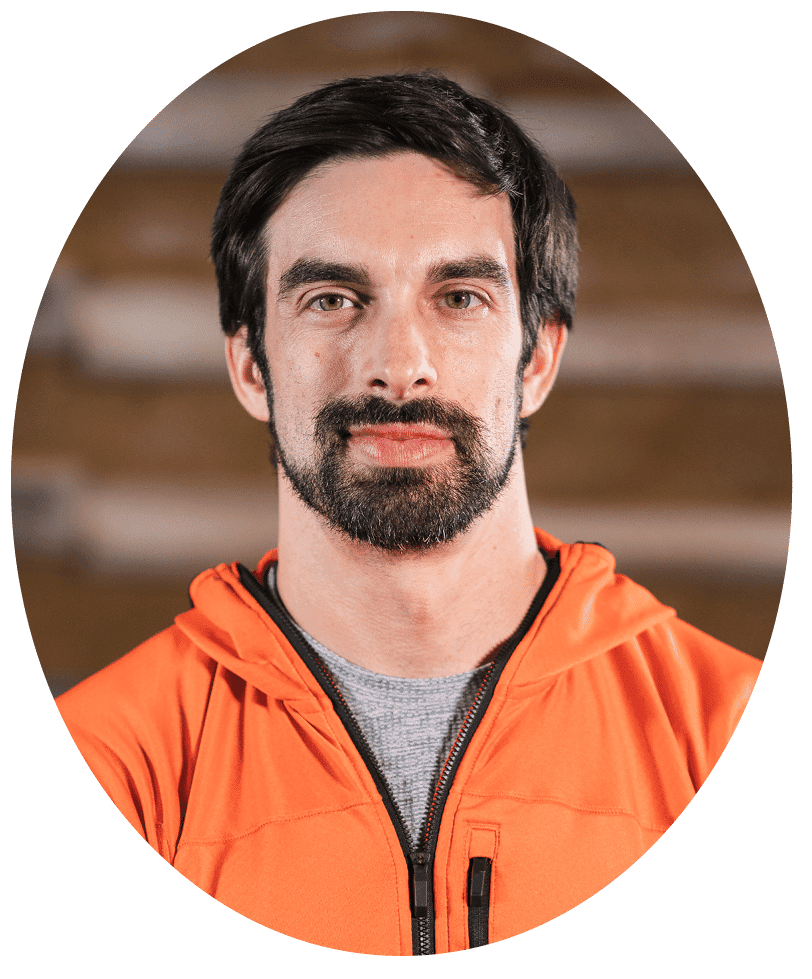
Jared Vagy is a doctor of physical therapy who specializes in treating climbing injuries. He is the author of the Amazon #1 best-seller “Climb Injury-Free,” teaches Climbing Injury Professional Education for Medical Providers, and is the developer of the Rock Rehab Protocols. He has published numerous articles on injury prevention and lectures internationally. Dr. Vagy is on the teaching faculty at the University of Southern California, one of the top doctor of physical therapy programs in the USA. He is a board-certified orthopedic clinical specialist. He is passionate about climbing and enjoys working with climbers of all ability levels, ranging from novice climbers to the top professional climbers in the world.
For more education, check out the Instagram page @theclimbingdoctor
- Disclaimer – The content here is designed for information & education purposes only and the content is not intended for medical advice.

